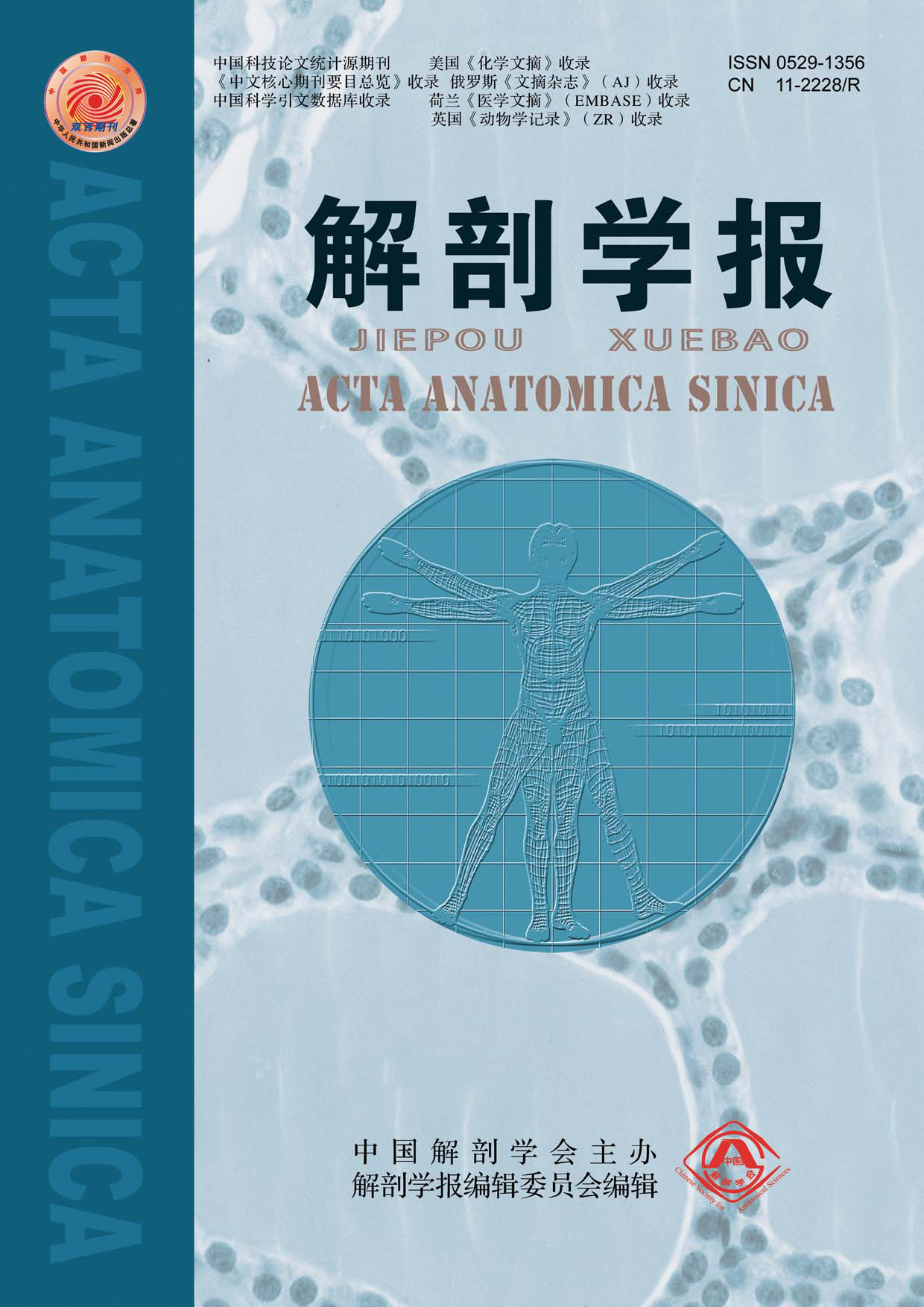Objective To investigate Reelin’s role in the evolution of the central nervous system and the relevant regulatory mechanisms. Methods A total of 192 wild-type (WT) and reeler mice from embryonic day 16 (E16) to postnatal day 30(P30) were used for this study. The neuronal migration, radial glial cells and neuroproliferation in the cerebral cortex, hippocampus and spinal cord were visualized by immunofluorescent labeling, 5-bromodeoxyuridine immunofluorescence (BrdU method). Nissl staining was also used to observe the histogenesis of the spinal cord, the cerebral cortex and hippocampus. Results During the development of spinal cord, the first neuronal migrate occurred from neuroepithelium to form “H”-like gray matter. Compared WT mice with reeler mice, only nuance was found in histogenesis, cell migration, radial glia and neuropliferation. On the other hand, the development of hippocampus required second neural migrations to eventually form the pyramidal cell layer and granule cell layer with double “C”-like shape. Compared with WT mouse, pyramidal layer in the reeler mouse was splitting into two layers with the disorder of migration and proliferation. In addition, the limitation of granule layer and hilus gradually disappeared to form drumstick-like structure. In the meantime, the number of proliferative neural stem cells reduced and the radial glial cells were arranged in disorder. The formation of the neocortex also required second neural migration to form six-layer cortex with inside-out migration manner. Compared with WT mouse, lamination of neocortex in the reeler mouse was in disorder. The neuroproliferation and radial glial cells reduced, and the radial glials were arranged in disorder. Conclusion Spinal cord, hippocampus and neocortex represent the tubular nervous system, archicortex and neocortex, respectively, in the evolution of the central nervous system(CNS). Reelin may be a key molecule during CNS evolution. Reelin’s important function probably is involved in second migration to affect the formation of cortical plate. Lack of Reelin will induce the changes of cortical structure, especially in the archicortex and neocortex.


